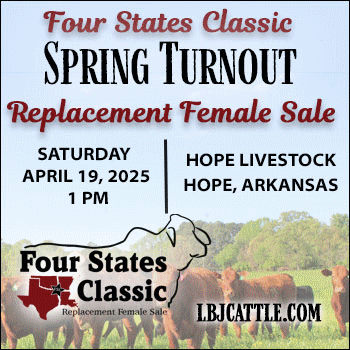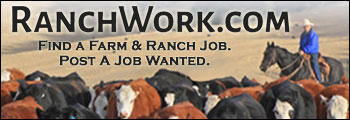Thousands of cattle have been culled as the landlocked country tries to contain the outbreak.
BUDAPEST/RAJKA, Hungary (Reuters) - Hungary on Thursday suggested a "biological attack" as a possible source of the country's first foot-and-mouth disease outbreak in more than half a century, which has triggered border closures and the mass slaughter of cattle in the northwest.
Hungary reported a first case of foot-and-mouth disease in over 50 years on a cattle farm in the northwest near the border with Austria and Slovakia last month, the World Organization for Animal Health said, citing Hungarian authorities.
Animal health authorities had made checks at nearly 1,000 farms across Hungary by Thursday, with only four in the affected northwestern region returning positive results.
"At this stage, we can say that it cannot be ruled out that the virus was not of natural origin, we may be dealing with an artificially engineered virus," Prime Minister Viktor Orban's chief of staff, Gergely Gulyas told a media briefing.
Responding to a question, Gulyas said he could not rule out that the virus outbreak was the result of a biological attack, without giving information on who might be responsible.
He also said that suspicion was based on verbal information received from a foreign laboratory and that their findings have not yet been fully proven and documented.
Hungary's cattle stock numbered 861,000 head based on a livestock census in December, little changed from levels a year earlier. That constituted 1.2% of the European Union's total cattle stocks, official statistics showed.
Foot-and-mouth disease poses no danger to humans but causes fever and mouth blisters in cloven-hoofed ruminants such as cattle, swine, sheep and goats, and outbreaks often lead to trade restrictions.
Thousands of cattle had to be culled as the landlocked country tried to contain the outbreak, while Austria and Slovakia have closed dozens of border crossings, after the disease also appeared in the southern part of Slovakia.
Articles on The Cattle Range are published because of interesting content but don't necessarily reflect the views of The Cattle Range.















